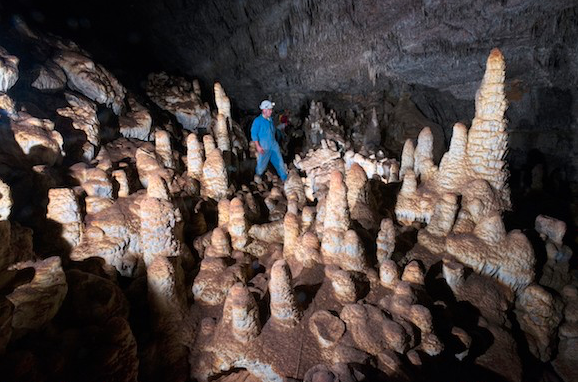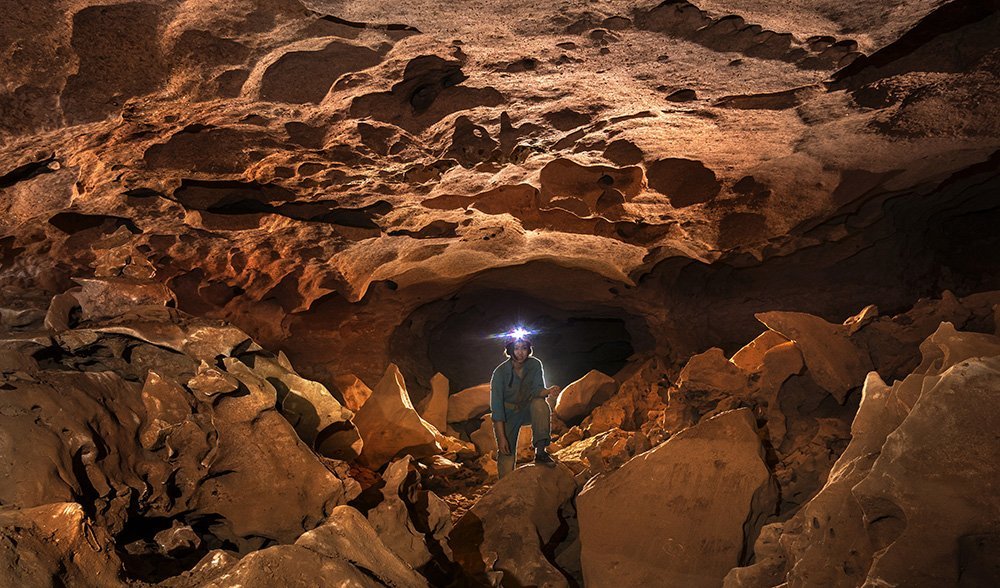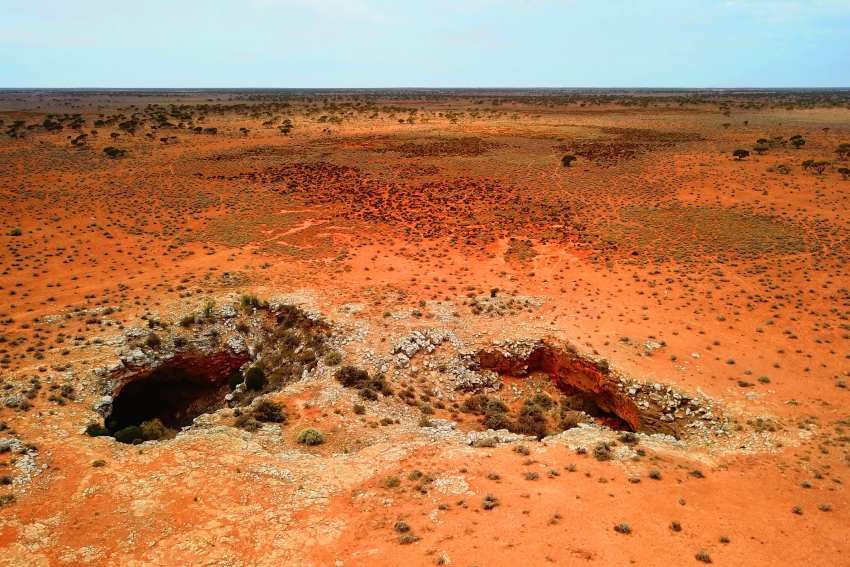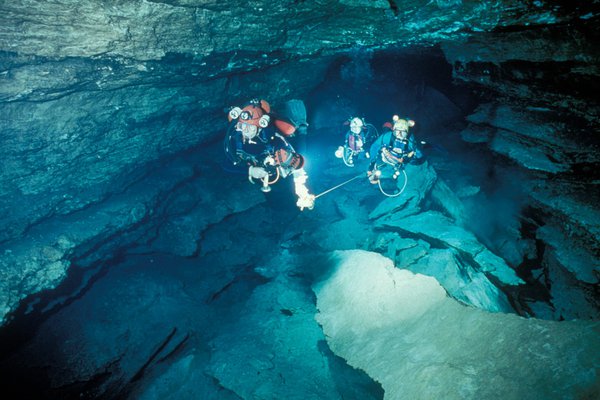Australia’s Nullarbor Plain stretches out like a vast canvas of desolation, its arid and flat surface giving little hint of the hidden wonders lying beneath. But beneath this seemingly barren expanse lies an underground world that has been shaped over millions of years, offering a fascinating glimpse into the geological history of the region.
Stefan Eberhard, a cave diver and documentary filmmaker, has spent the past three decades exploring the depths of the Nullarbor caves. He describes this subterranean realm as the world’s largest arid limestone karst, a sprawling network of caves and tunnels extending over 200,000 square kilometers. To him, the Nullarbor is like a sponge cake, flat on the surface but riddled with holes underneath.
Descending into these caves is not for the faint-hearted. Eberhard recounts the thrill of rappelling into deep, dark chasms, some reaching depths of 40 meters and spanning 80 meters across. Yet, despite the challenges, the allure of exploration keeps drawing him back.
In recent years, Eberhard has been joined by his wife Bronwen, whose fear of heights has been overcome by her fascination with the Nullarbor. She describes the experience as crossing through time into something truly special, a sentiment shared by many who have ventured into these underground chambers.
The limestone that forms the Nullarbor was once submerged beneath the ocean, gradually accumulating over eons. As rainwater seeps into the porous rock, it carves out vast tunnels that wind their way beneath the plain, some reaching depths of 90 meters below the surface. These tunnels, resembling train passages, are a testament to the immense forces of nature at work.
But it’s not just the geological features that make the Nullarbor caves remarkable; it’s also the diverse ecosystem that thrives in this hidden world. Cave-dwelling invertebrates, found nowhere else in Australia or the world, inhabit these subterranean spaces. And the discovery of a complete skeleton of the extinct marsupial lion highlights the paleontological significance of these caves.
However, the future of the Nullarbor caves hangs in the balance. Plans for the Western Green Energy Hub, a renewable energy project spanning 15,000 square kilometers of the Nullarbor, threaten to encroach upon this fragile ecosystem. The project aims to harness solar and wind energy to produce hydrogen, a clean and renewable fuel source crucial for Australia’s transition away from fossil fuels.
While proponents of the project argue that it can coexist with the cave system, conservationists like the Eberhards are concerned about the potential impact on this unique environment. The limestone cap rock, protecting the caves, is fragile, and the construction of massive solar panels and wind turbines could irreparably damage it.
Negotiations with the Mirning People, the traditional owners of the Nullarbor, are underway to secure Indigenous Land Use Agreements for the project. The Mirning are deeply connected to the land, with the caves holding profound cultural significance. Balancing the economic opportunities presented by the project with the need to protect their cultural heritage is a complex challenge for the Mirning community.
As debates rage on about the future of the Nullarbor caves, one thing remains clear: these hidden depths hold a wealth of scientific, cultural, and ecological treasures that deserve our utmost protection and respect. Whether they will continue to flourish in the face of modern development remains to be seen, but one thing is certain: the story of the Nullarbor caves is far from over.






